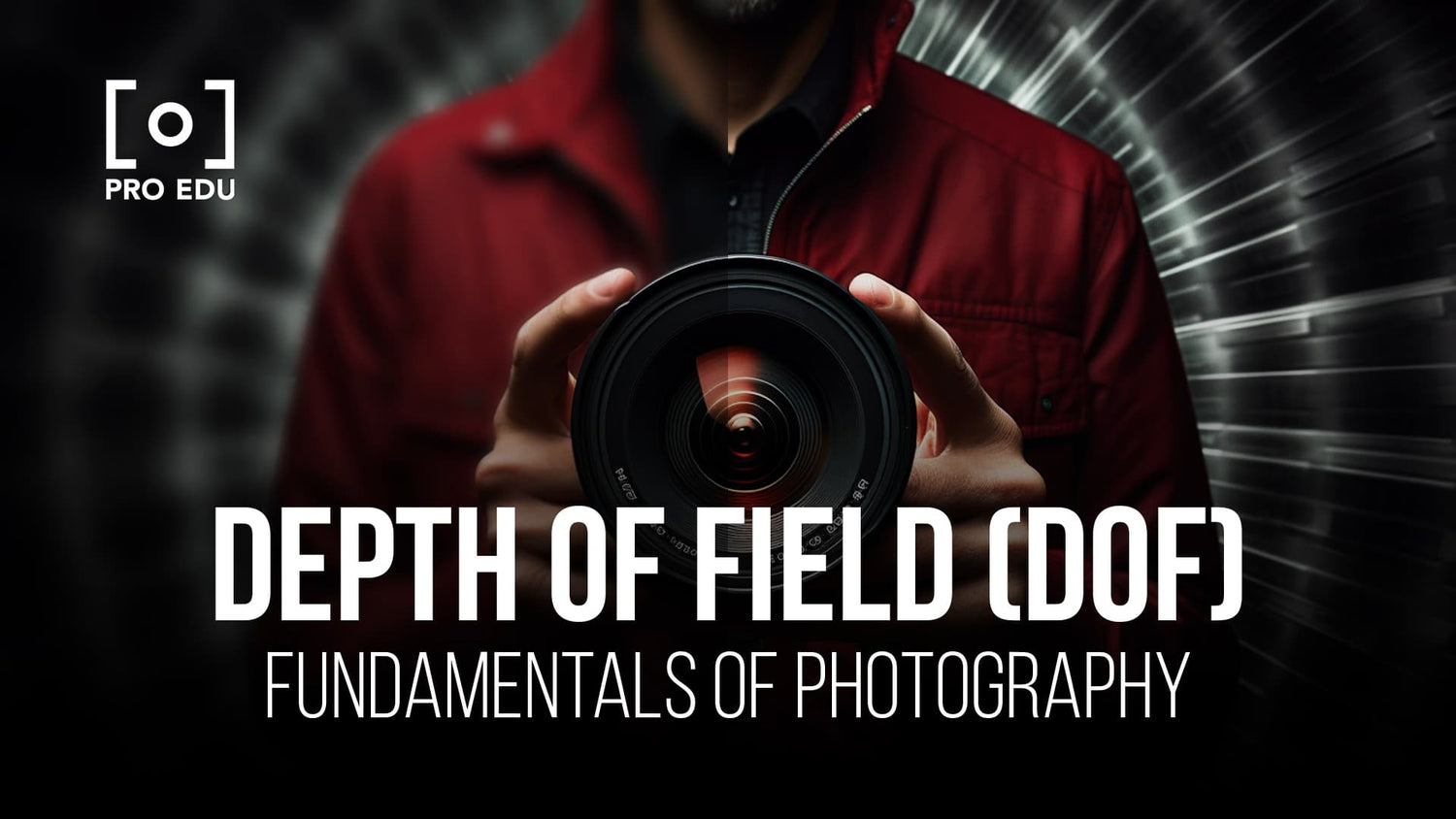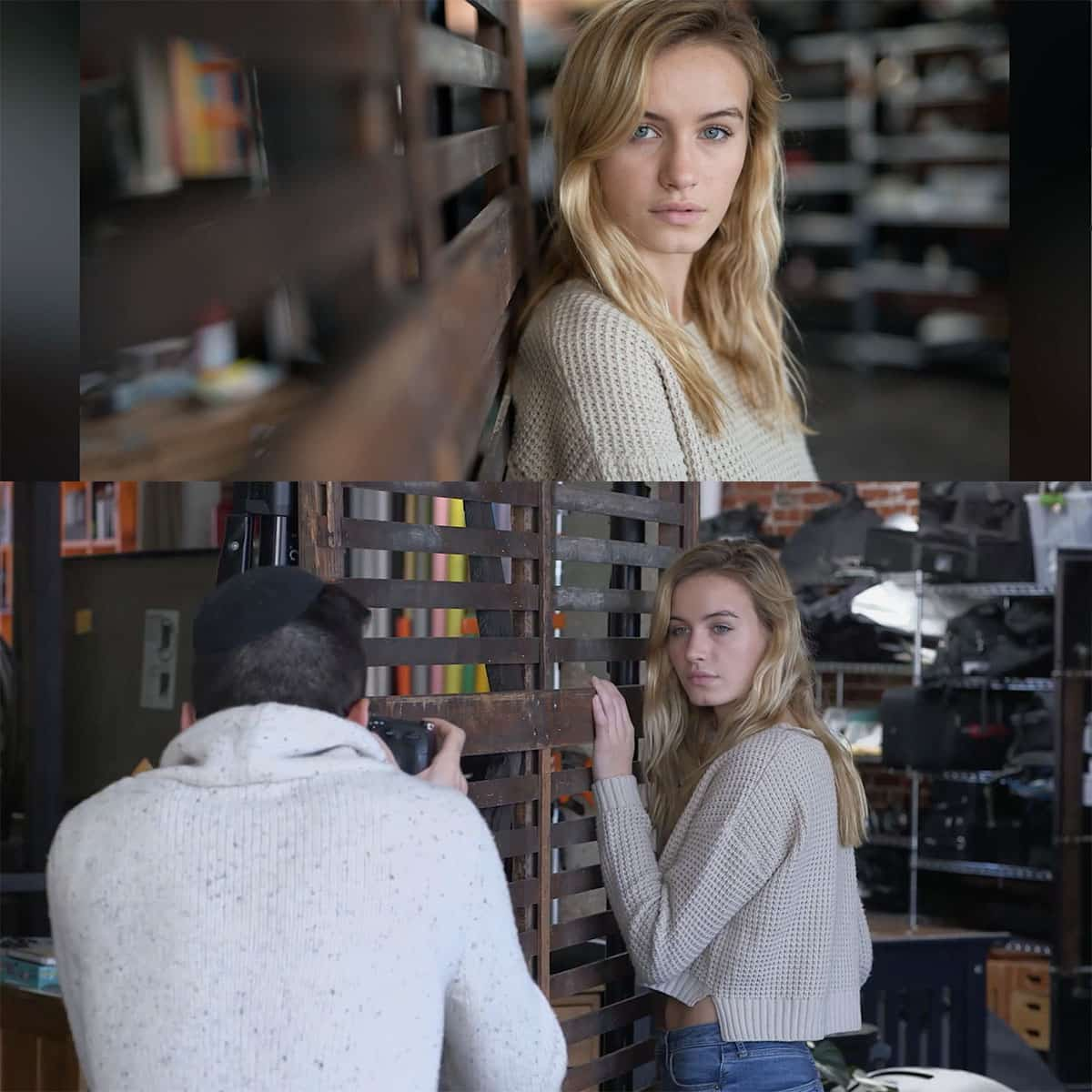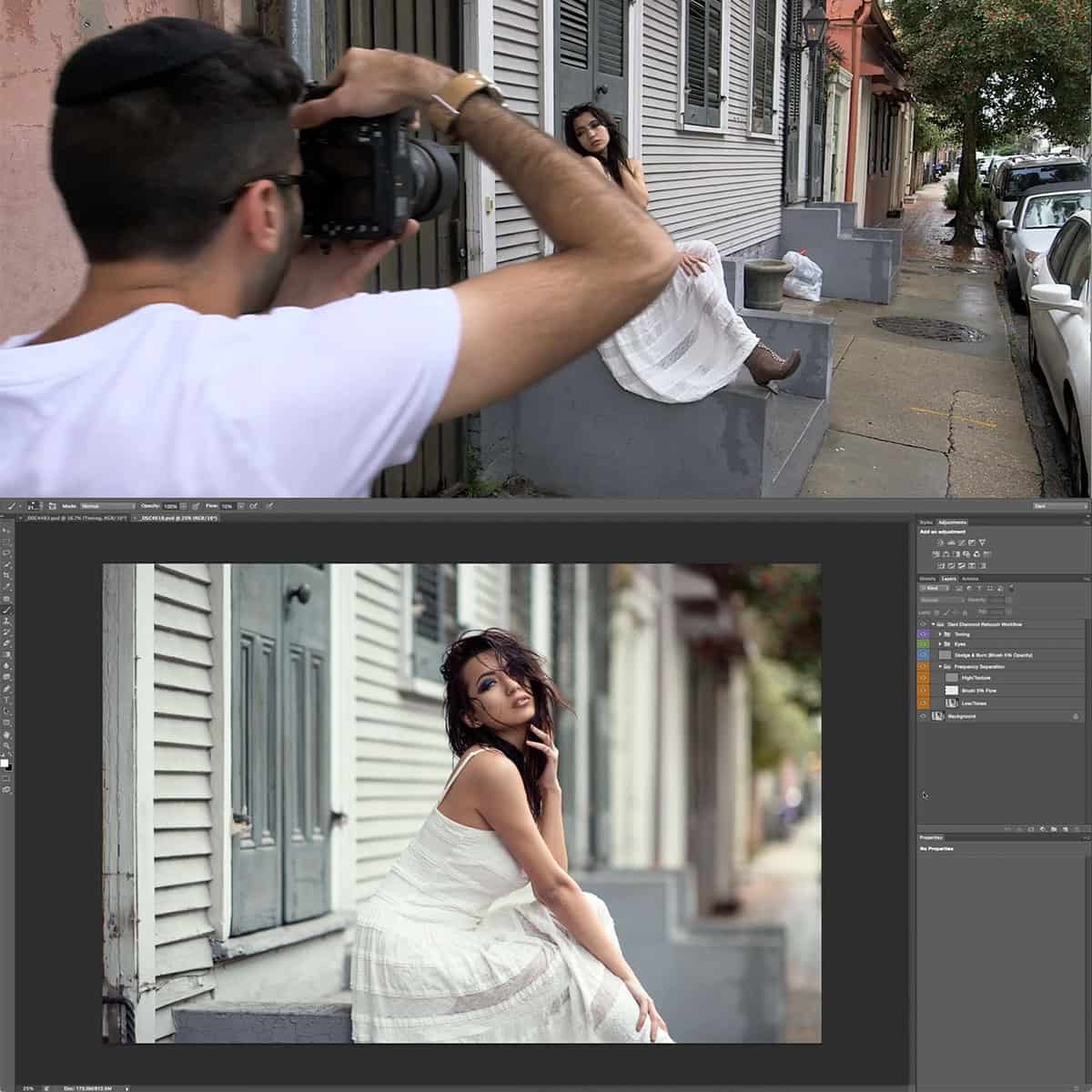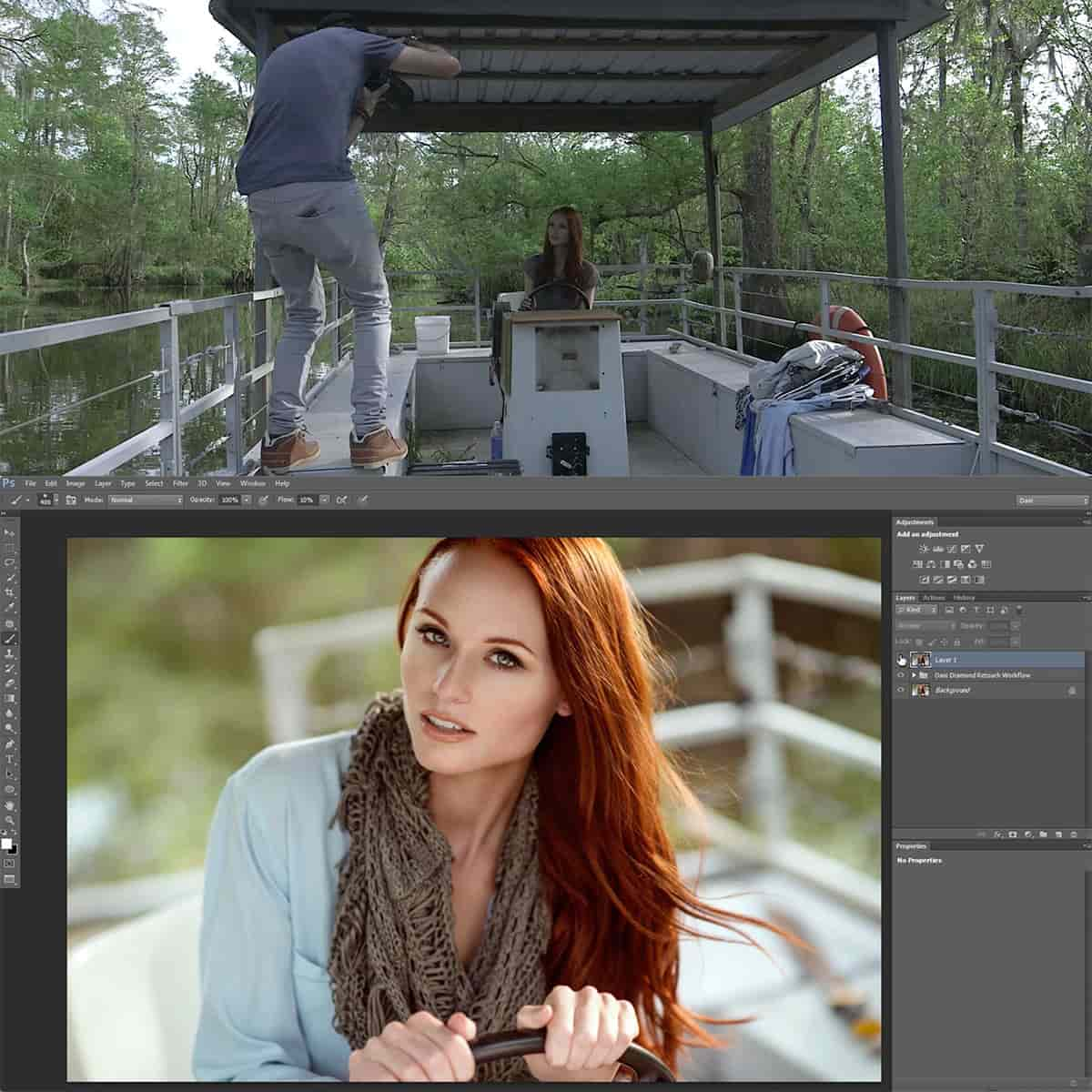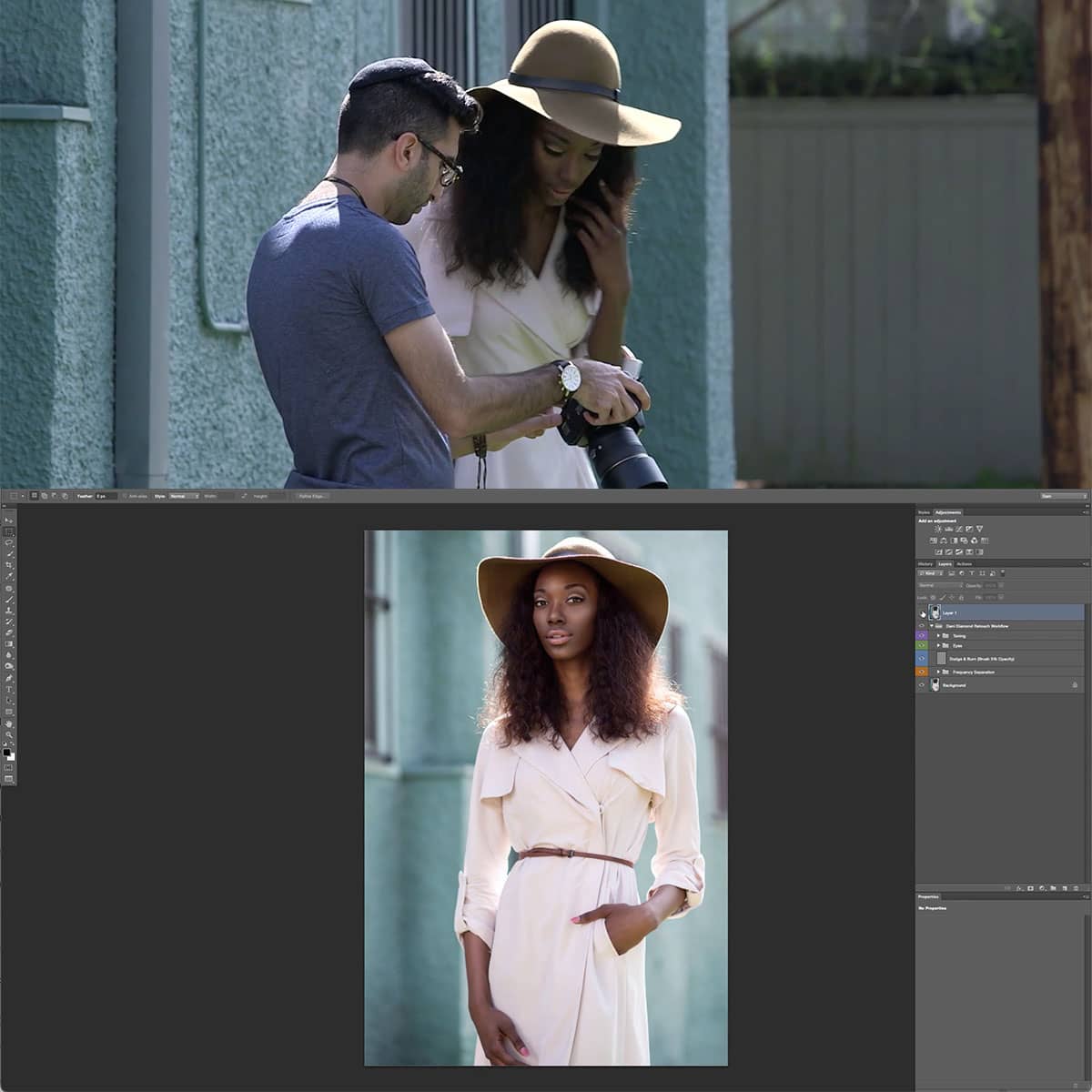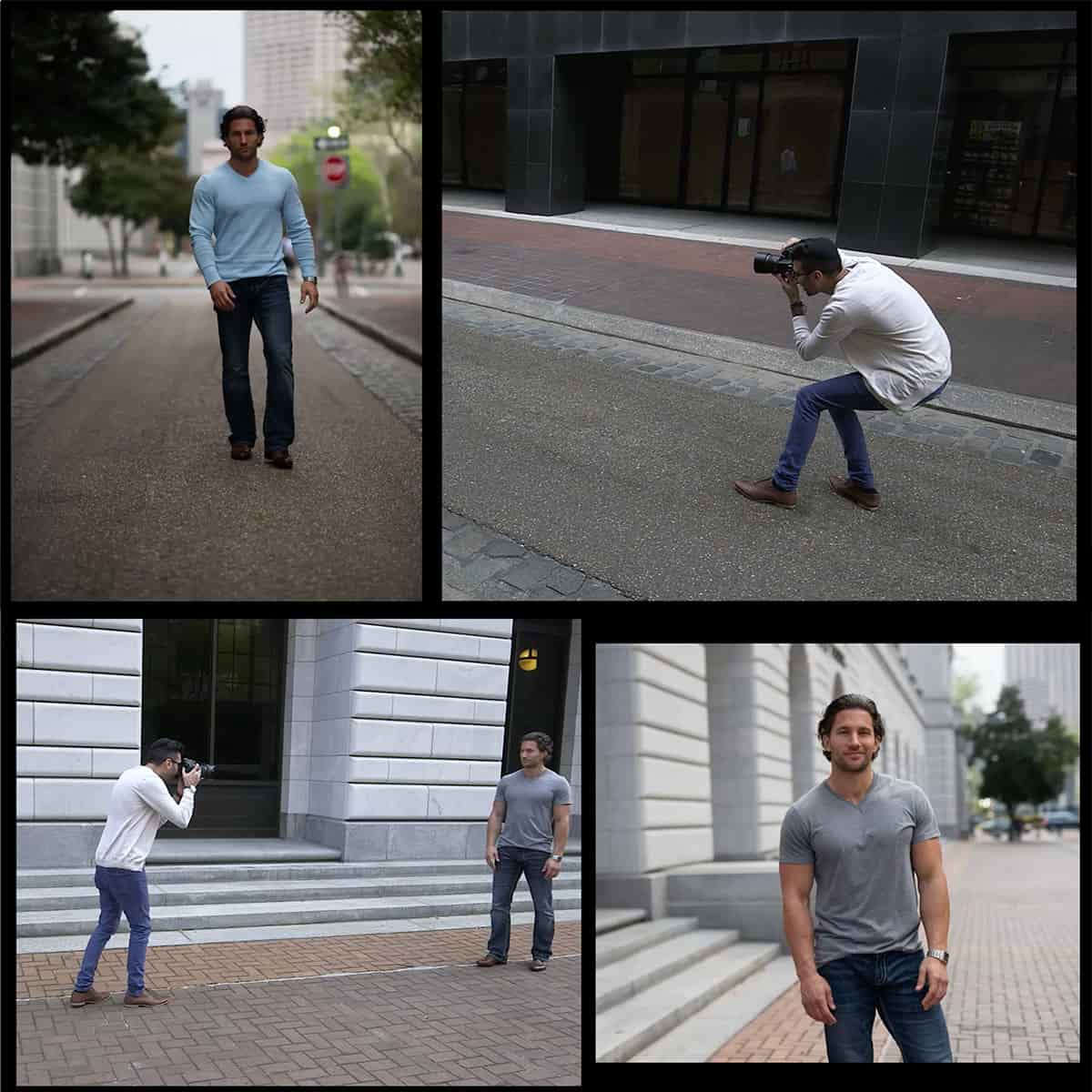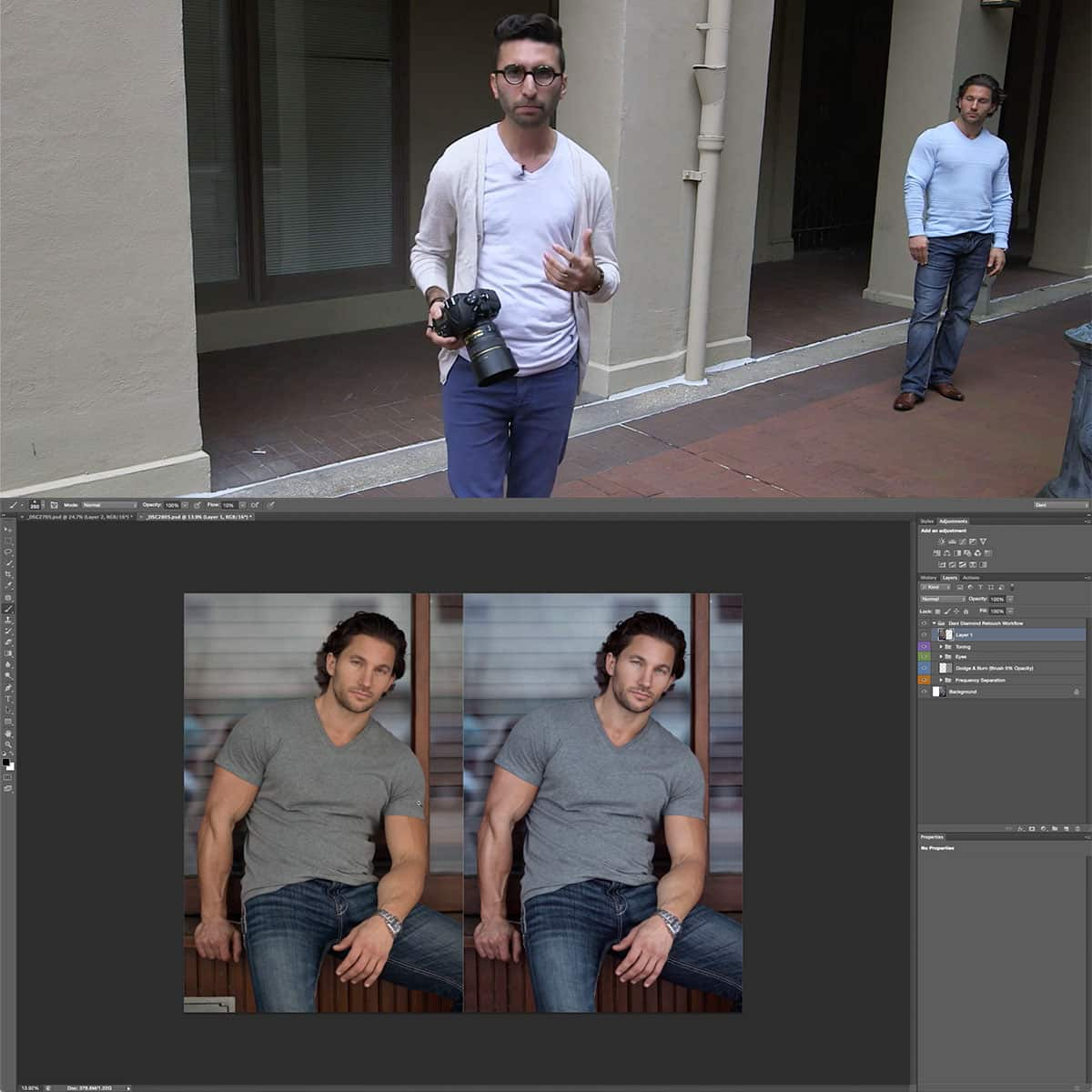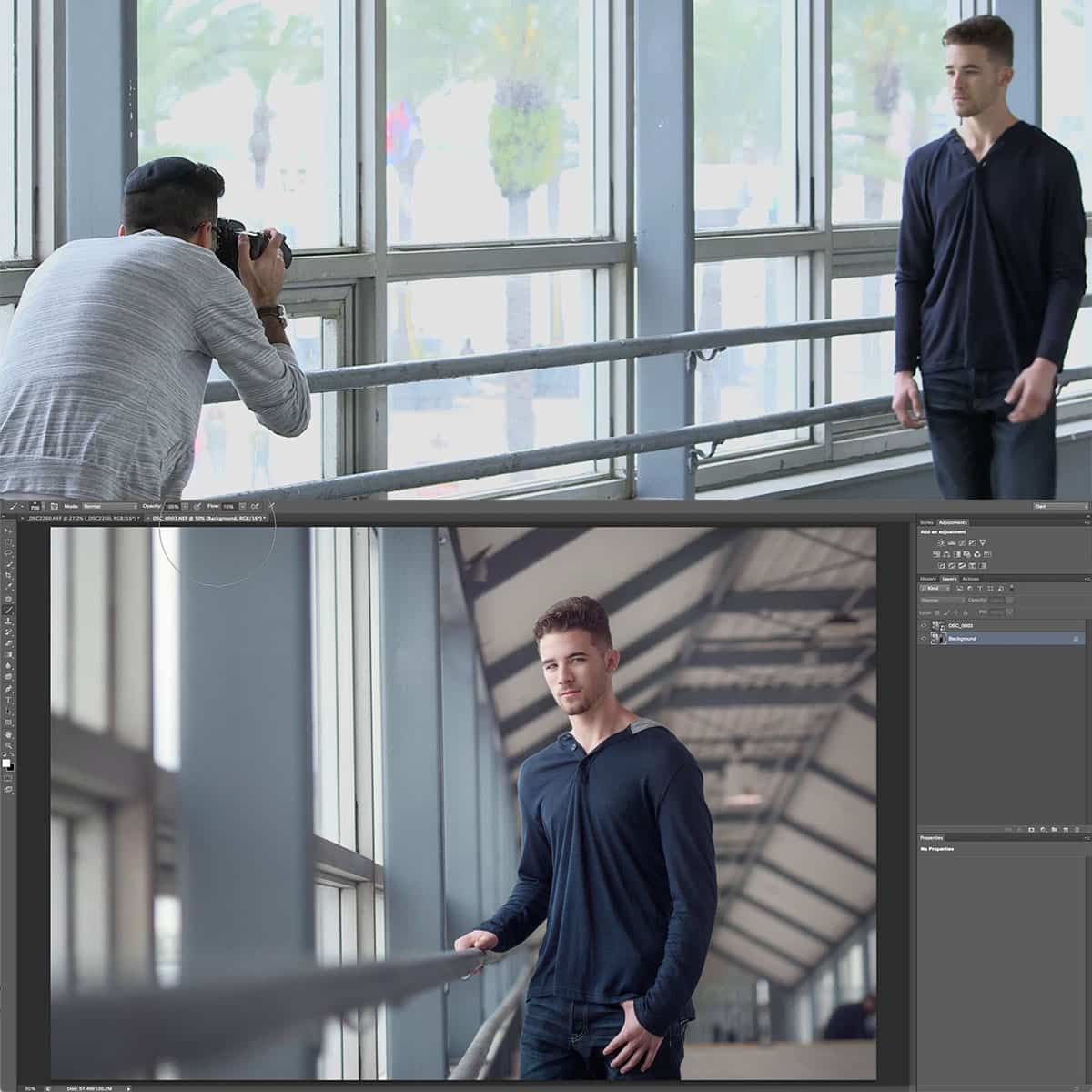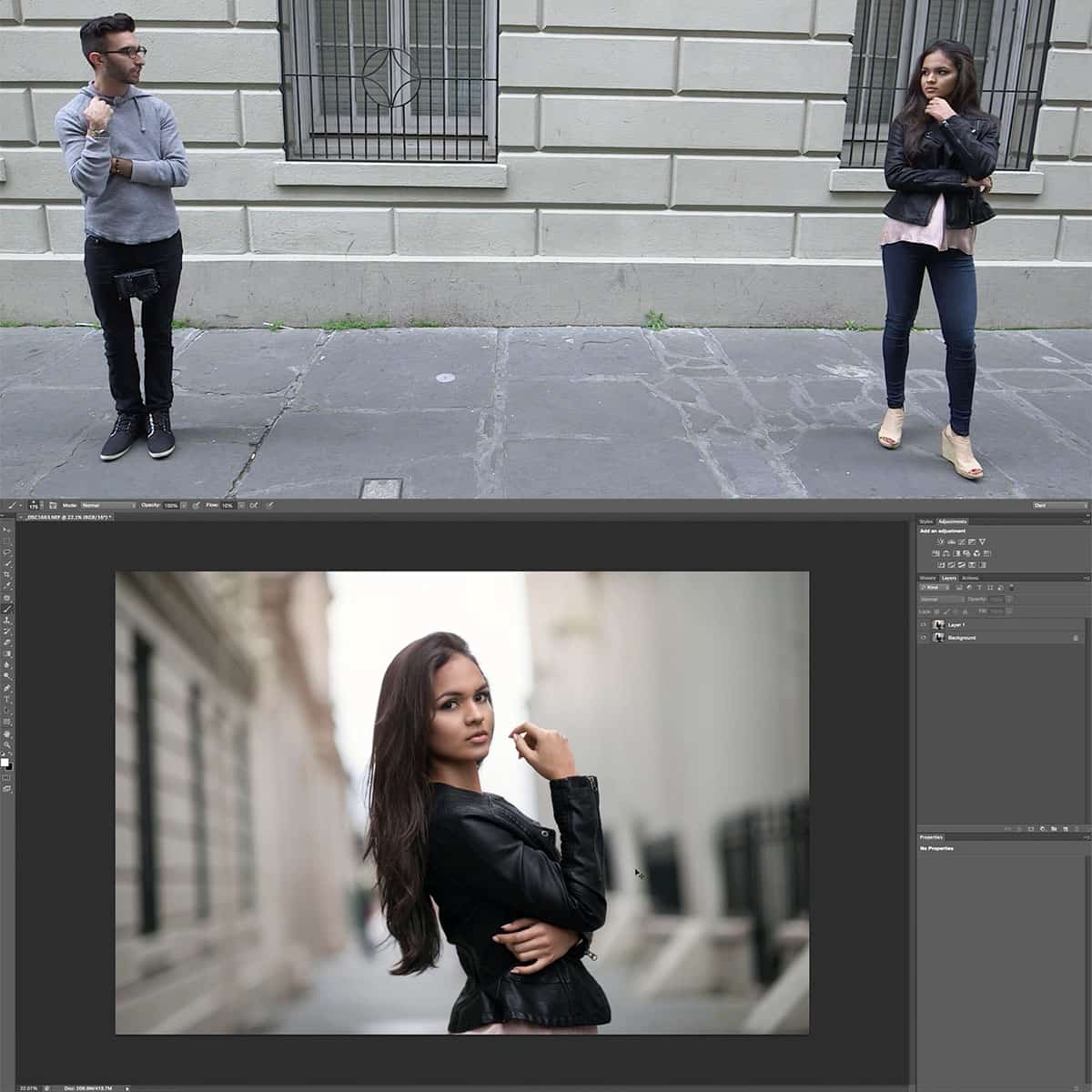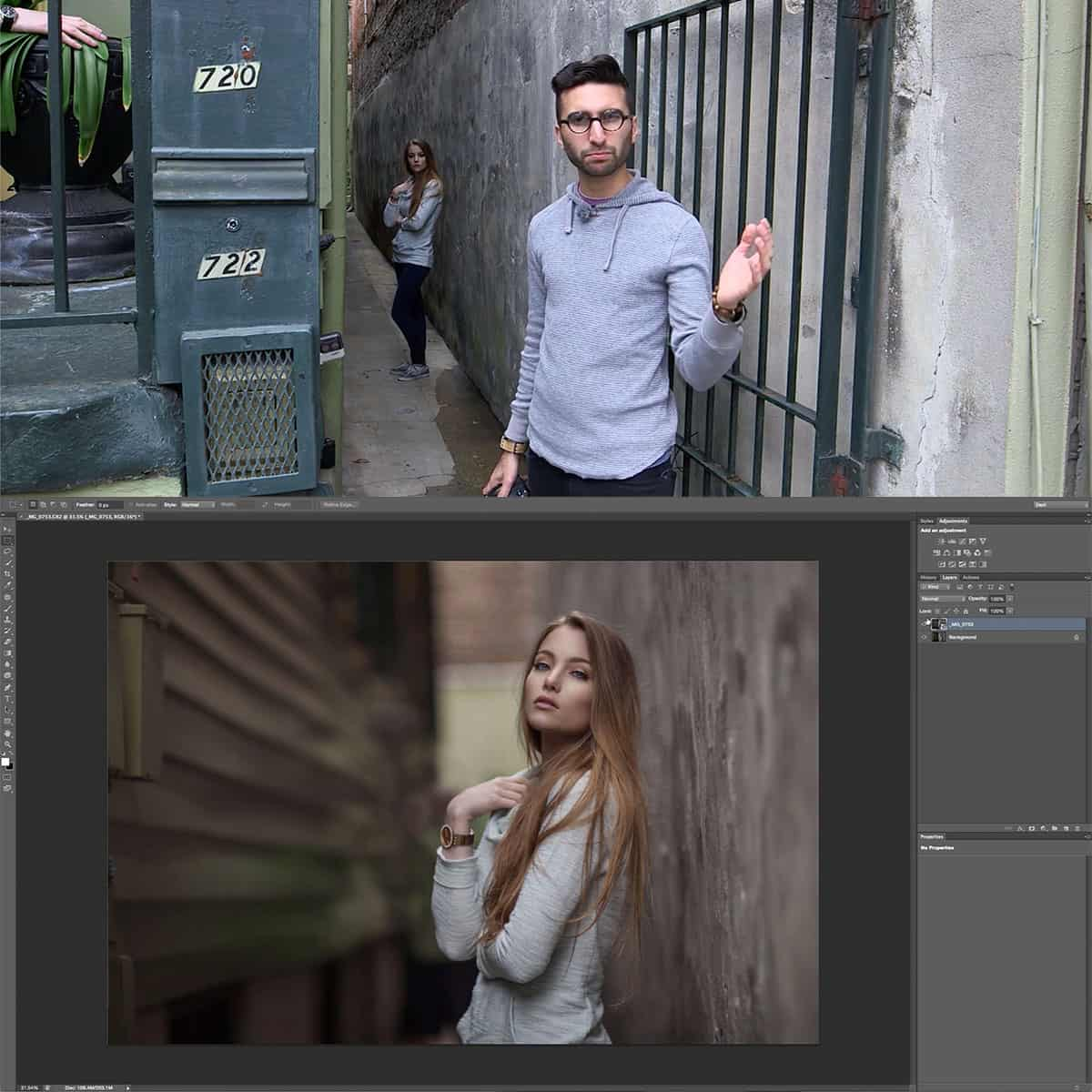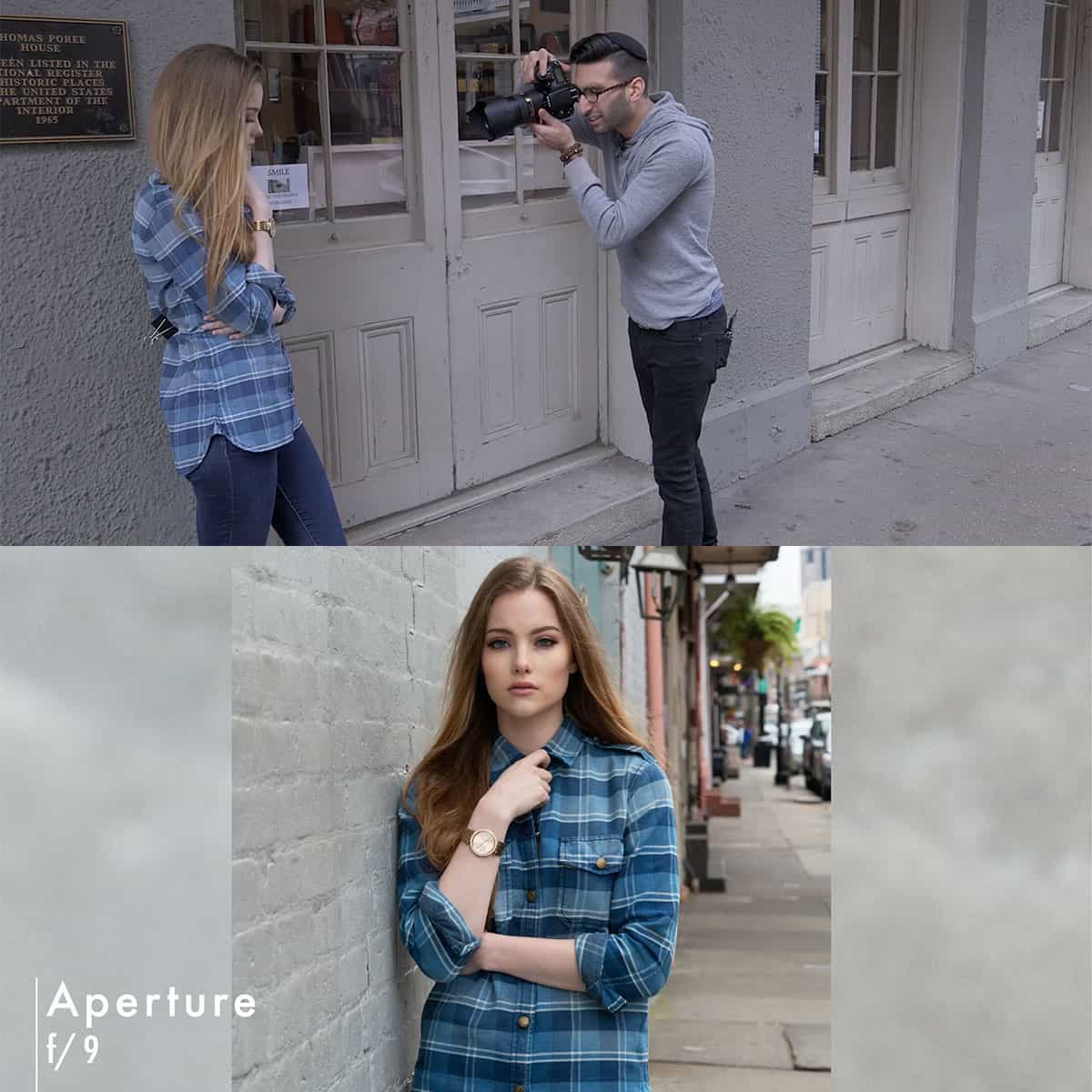Depth of Field in Photography: Mastering Focus and Blur Techniques
Depth of field (DOF) in photography is a critical aspect of capturing visually stunning images by controlling focus and blur in your shots. Essentially, it refers to the area within a photograph that appears acceptably sharp and in focus. A strong understanding of DOF allows photographers to purposely guide their viewers' attention to specific elements within an image, making it a powerful tool for storytelling and creating compelling compositions.
Mastering depth of field requires the ability to manipulate various factors such as aperture, focal length, and distance from the subject. By adjusting these elements, photographers can create images with a shallow DOF, where only the subject is in focus and the background is blurred, or a deep DOF, where both the subject and background appear sharp. Experimenting with different settings and techniques can help you achieve the desired effect for your photography style, whether it's portraits, landscapes, or anything in between.
Key Takeaways
- Depth of field is an essential aspect of photography that controls focus and blur in an image.
- Adjusting camera settings like aperture, focal length, and distance can manipulate the depth of field.
- Mastering depth of field improves storytelling and composition in various photography styles.
Understanding the Concept
Shallow Vs Deep Depth of Field
When discussing depth of field in photography, it is important to distinguish between shallow depth of field and deep depth of field. A shallow depth of field results in only a small range of the image appearing sharp and in focus, while the rest of the scene is blurred. Conversely, a deep depth of field achieves a broader range of focus, where more of the scene appears sharp and clear. This distinction plays a crucial role in the overall aesthetic and composition of a photograph.
The decision to use a shallow or deep depth of field depends on the desired outcome and mood you want to convey in a photograph. For instance, a shallow depth of field is often used in portrait photography, highlighting the subject while blurring the background. Alternatively, deep depth of field works well in landscape photography, where the primary goal is to capture everything in sharp focus from foreground to background.
Role of Aperture and F-Stop
The aperture, which is an adjustable opening in the camera lens, plays a significant role in determining depth of field. A wider aperture allows more light to enter the camera, and a smaller aperture permits less light. The size of the aperture is measured by the f-stop number, with lower f-stop numbers corresponding to a wider aperture and higher f-stop numbers indicating a smaller aperture.
To achieve a shallow depth of field, use a larger aperture (lower f-stop number) to create a narrow area of focus within your image. In contrast, using a smaller aperture (higher f-stop number) will result in a larger zone of focus, leading to a deeper depth of field.
Focal Length and Distance
In addition to the aperture, the depth of field is influenced by the focal length of the lens and the distance between the camera and the subject. A lens with a longer focal length tends to produce a shallower depth of field, while a lens with a shorter focal length generally results in a greater area of focus. Additionally, the closer the camera is to the subject, the shallower the depth of field will be.
Understanding the factors affecting depth of field — including the relationship between aperture, f-stop, focal length, and distance — allows us to create images with the desired focus and blur. By considering these elements, we can effectively control the aesthetic and composition of our photos.
Manipulating Depth of Field
Aperture Settings
One of the primary ways to control the depth of field is by adjusting the aperture setting of your camera. A wide aperture (represented by a small f-stop number, such as f/2.8) will create a shallow depth of field, resulting in a blurred background. On the other hand, a narrow aperture (larger f-stop number, like f/16) will produce a deeper depth of field, keeping more of the image in focus.
To better understand the relationship between aperture and depth of field, you can experiment with various f-stop settings on your camera and observe the resulting changes in focus and blur. Keep in mind that a wider aperture also allows more light into the camera, which can affect other settings like ISO and shutter speed.
Focusing Techniques
Accurate focusing plays a crucial role in controlling depth of field. When focusing on a subject, consider using techniques such as manual focus, autofocus points, or focus peaking to ensure the desired area of the image is sharp. Additionally, the distance between you and your subject affects the depth of field: objects closer to the camera will have a more shallow depth of field than those farther away.
Camera Settings and Lens Choices
Various camera settings and lens choices can also impact depth of field. For instance, focal length of the lens influences the depth of field: a wide-angle lens typically results in a deeper depth of field, while a telephoto lens creates a shallower depth of field. Sensor size also plays a role in controlling depth of field, with larger sensors (such as those found in full-frame cameras) producing a shallower depth of field compared to smaller sensors (e.g., APS-C or Micro Four Thirds).
To sum up, mastering depth of field requires a combination of aperture settings, focusing techniques, and making appropriate camera and lens choices. By understanding these elements and their relationships, we can produce stunning images with desired focus and blur effects.
Depth of Field in Various Photography Styles
Portrait Photography
In portrait photography, depth of field plays a vital role in highlighting the subject, often by creating an aesthetically pleasing background blur, called bokeh. By using a shallow depth of field, we can isolate the subject and capture sharp, focused portraits with smooth, out-of-focus backgrounds. This separation directs the viewer's attention to the subject's features; while a wider aperture, longer focal length, and closer camera-to-subject distance work together to create a more dramatic effect.
Landscape Photography
When it comes to landscape photography, we generally want a wide depth of field to showcase the sharpness, texture, and details across the entire scene. This often involves using a narrow aperture, such as f/8 or f/11, to maintain focus from foreground to background. It's crucial to carefully choose a focal point and balance depth of field with other factors like angle of view, field of view, and camera settings. A more expansive depth of field helps tell a story of the landscape, emphasizing the natural beauty and bringing it to life for the viewer.
Street and Wildlife Photography
In street and wildlife photography, depth of field varies across different images and styles. For more candid moments, street photographers often use a shallow depth of field to draw emphasis to a single subject, with a background blur that helps evoke a sense of intimacy and emotion. On the other hand, when photographing scenes that feature multiple subjects or convey a broader context, a deeper depth of field may be used to keep everything in focus.
Similarly, in wildlife photography, a shallow depth of field is helpful to isolate an animal against its surroundings and make it stand out. However, when photographing animals within their habitat or interacting with each other, a wider depth of field allows the viewer to appreciate the context, the landscape, and the circle of life in which these animals live. Each unique situation and desired outcome will dictate the depth of field necessary to achieve the photographer's vision.
Tools and Techniques for Depth of Field Control
Hyperfocal Distance
One technique that photographers use to maximize sharpness across an image is calculating the hyperfocal distance. This is the point at which everything from half the distance to the hyperfocal point to infinity is in focus. It's especially useful in landscape photography, where you want to achieve maximum depth of field.
To calculate hyperfocal distance, we need to know the focal length, aperture, and circle of confusion. Alternatively, you can use a DoF calculator or app, which makes the process much easier.
Focus Stacking
Another technique for controlling depth of field is focus stacking. This involves taking multiple images at different focus distances, then combining them in an editing program like Photoshop. The result is a single, sharp image with an extended depth of field. A tripod is essential for this technique, ensuring that the camera remains steady between shots.
DoF Preview and Live View
Using the depth of field (DoF) preview button on your camera allows you to see what areas of the image will be in focus. This helps you make adjustments to your aperture or focus distance to achieve the desired effect. When using live view, you can also zoom in on specific areas to check focus, making it even easier to visualize the depth of field.
Use of DoF Calculators
DoF calculators are valuable tools for determining depth of field. These can be standalone devices, apps on your smartphone, or online resources. By inputting information such as focal length, aperture, and camera sensor size, these calculators can estimate the depth of field for your specific scenario. This can help guide your decisions when adjusting camera settings to achieve an ideal depth of field.
Depth of Field: Challenges and Solutions
Controlling Blur and Detail
In photography, controlling the depth of field (DOF) is essential to achieve desired levels of blur and detail in an image. Shallow DOF can be achieved with larger aperture lenses, but in macro or close-up photography, maintaining the right balance can be challenging 1. One solution to maintain an ideal DOF is to use bracketing2. Bracketing involves taking multiple shots of the same subject, with gradually changing aperture settings, to later select the best image with the intended blur and detail.
Aperture Size and Diffraction
Another challenge when it comes to DOF is managing the trade-off between aperture size and diffraction. Larger aperture sizes generally create a shallower DOF, while smaller apertures increase DOF and lead to a more detailed image3. However, increasing aperture size beyond a certain point might introduce diffraction, causing a loss of sharpness and reduced image quality4. One way to overcome this is by staying within the sweet spot range of the lens, which is typically between f/5.6 and f/11, where diffraction is minimal.
Camera Sensor Sizes and Impact
A final consideration is the size of the image sensor. Larger sensors typically produce a shallower DOF when compared to smaller sensors, given the same aperture and focal length settings5. Understanding the impact of sensor sizes on DOF can help photographers make better choices when choosing a camera and settings[^;width:400px;height
By understanding and addressing these challenges, photographers can take better control of their depth of field, ultimately creating more captivating and appealing images6.
Frequently Asked Questions
What factors affect depth of field?
There are three main factors that affect depth of field in photography: aperture, focal length, and distance to the subject. Changing any one of these factors will alter the appearance of the depth of field in your images. This TechRadar article provides an in-depth explanation of each factor's impact.
How to achieve shallow depth of field?
To achieve a shallow depth of field, use a large aperture (lower f-number), which allows more light to enter the camera lens. This will create a smaller area of focus in your image, resulting in a blurred background. Using a longer focal length and getting closer to your subject will also help achieve a shallow depth of field. This Shotkit guide offers examples and a depth of field calculator to help.
How to create a deep depth of field?
Creating a deep depth of field requires using a small aperture (higher f-number), which allows less light to enter the camera lens. This results in a greater area of focus, keeping more subjects in sharp focus. Using a shorter focal length and increasing the distance between the camera and the subject will also contribute to a deeper depth of field. Reference this B&H Explora article to understand the basics.
What is the role of aperture in controlling depth of field?
Aperture is one of the main factors affecting depth of field. A larger aperture (lower f-number) results in a shallower depth of field, while a smaller aperture (higher f-number) creates a deeper depth of field. Adjusting the aperture allows you to control the amount of focus and blur in your image. This Digital Camera World cheat sheet demonstrates how to affect depth of field using aperture.
How does focal length impact depth of field?
Focal length has a significant impact on depth of field. Longer focal lengths result in a shallower depth of field, while shorter focal lengths produce a deeper depth of field. This means that using a telephoto lens will create more background blur, while a wide-angle lens will keep more of the scene in focus. Shotkit provides examples of the difference in depth of field based on focal length.
How does distance to the subject influence depth of field?
The distance between the camera and the subject is another factor that affects depth of field. The closer you are to your subject, the shallower the depth of field, resulting in a blurred background. Conversely, moving farther away from your subject will increase the depth of field, keeping more of the scene in focus. This TechRadar article further explains how distance and focus control sharpness in photos.
Footnotes
-
https://www.bhphotovideo.com/explora/photography/tips-and-solutions/the-challenge-of-depth-of-field-in-macro-or-close-up-photography ↩
-
https://digital-photography-school.com/understanding-depth-field-beginners/ ↩
-
https://pavilion.dinfos.edu/Article/Article/2338138/factors-that-affect-the-depth-of-field/ ↩
-
https://photography.tutsplus.com/articles/understanding-the-factors-that-affect-depth-of-field--photo-6844 ↩


